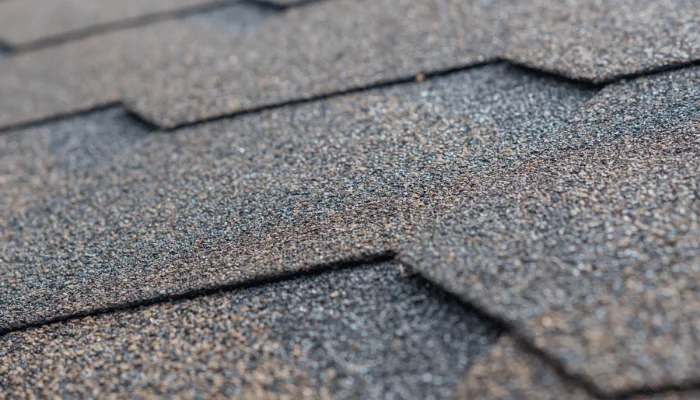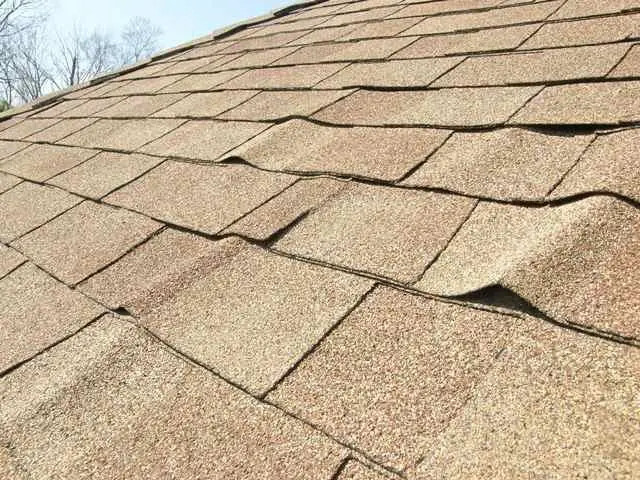Roofing shingles come in a variety of materials, sizes, and designs, with asphalt shingles being the most popular roofing material for homeowners. There are three common types of roof shingle grades. Scroll down to see the different grades and levels of performance.
Design of an Asphalt Shingle
In its basic form, an asphalt shingle consists of mat or backing material made from either a cellulose material or fiberglass, with the latter being the most common. The asphalt mixture is the next level, which the backing material supports. Then, the roof sandwich is topped off with mineral granules that help protect the asphalt from sunlight since it can otherwise degrade.
Roof Shingles Grading
The three typical grades are referred to as “good,” “better,” and “best.”
Good
The most common and least expensive is the “3-tab” shingles, which are 3 tabs that are quite flat without much thickness; they tend to have the shortest warranty of the three, but in a pinch, they fit well for your budget and will still last a few decades or more. They’re also the lightest and designed to withstand the elements. They’re recognized by their clean, horizontal appearance, giving them a more decorative look with the 3-tab construction. Fiberglass-backed shingles have a Class A fire rating, which is the highest available. It’s also pretty easy to install, meaning you can typically DIY it.
Better
This grade of shingles is often seen as architectural shingles, better known as multi-dimensional, which adds to their texture and appearance. They’re thicker than the 3-tab kind and the thickness of three standard shingles, with some of the more premium products. They have more shapes, and because of their depth, gives them and the roof more visual texture. They typically have a longer warranty duration than the economical option of the 3-tab shingles, boasting about 30 or so years. They are more expensive than 3-tab shingles.
Best
Luxury or sometimes called premium shingles, this type of grade is obviously the best. With maximum durability, the premium grade shingles are designed to replicate natural slate and cedar shake roofs without the higher price. What’s great about these shingles is that they create a multi-dimensional texture of luxury shingles, thus creating shadows and depths that look attractive. These shingles can last for upwards of 40 years or more.
The tradeoff of using the thicker premium shingles is that they are harder for contractors to install and increase the weight on your roof. So, if you are planning on placing new shingles over an old layer, ensure your roof structure can support the additional load with a reputable roofing contractor.
Need a New Roof?
If you need to repair or replace your roof, give the Roof Doctor a call. With our new state-of-the-art TruSlate GAF shingles, you can expect the highest quality roofing shingles available. Contact us to learn more.



